Retro Replay Review
Gameplay
Art Detective places you in the polished shoes of John Cromwell, an FBI investigator with a knack for spotting the smallest discrepancies. The core of the game revolves around ‘spot the difference’ puzzles, where two near-identical paintings are presented side by side. Your job is to click on every detail that doesn’t match, from a missing brushstroke to a subtle shift in color. It’s a simple conceit, but the game’s difficulty curve keeps you engaged as the differences become ever more devious.
Beyond the main puzzles, Art Detective offers a variety of job types to break up the routine. In the reconstruction tasks, you take on an electronic jigsaw puzzle by clicking and swapping individual pieces until the painting is restored. Each correct placement locks that piece in place, giving you a satisfying sense of progress. Meanwhile, the cleaning challenges ask you to identify the proper chemical solution from an array of jars—choose wrong, and you’ll have to start the extractions over again or phone an expert if you’ve saved up enough cash.
A key feature of the gameplay loop is the email system. As John Cromwell, you receive case files and new assignments directly in your inbox. These emails not only assign puzzles but also drop cryptic clues about “The Ghost,” the master art thief who’s been plaguing galleries worldwide. This narrative thread weaves through each job, making every completed puzzle feel like a step closer to the big chase.
To add further variety, there are three distinct mini-games: a classic Concentration-style matching game, a simple pair-matching challenge, and an odd-one-out puzzle. Each mini-game rewards you with in-game currency that you can spend on hints or expert phone calls in the main puzzles. This economy of money and hints encourages strategic play, since saving for an expert hotline call might be just what you need to bust The Ghost.
Graphics
Visually, Art Detective leans into the world of fine art with high-resolution reproductions of classic and contemporary paintings. The developers have done an admirable job capturing brushstrokes, patinas, and the textural qualities that make each work feel authentic. Whether you’re hunting for a missing flower petal in a Renaissance-era portrait or a pixelated glitch in a modern landscape, the clarity of the images ensures you’re never squinting to spot details.
The user interface is clean and intuitive. Puzzles are framed in simple gallery-style borders, and the clickable areas highlight subtly to guide new players without handholding veterans. Animation is minimal but effective: when you correctly identify a difference, a small yellow circle pops up, giving you immediate feedback. Misclicks are punished gently with a brief shake of the painting rather than an abrupt penalty, keeping frustration low.
Backgrounds and menus maintain a calm, wood-paneled detective office aesthetic, complete with a corkboard full of pinned photos, newspaper clippings, and strings tracing lines of suspicion. These touches help ground you in Cromwell’s world, and the occasional animated email notification adds a lively spark to the otherwise serene backdrop. The color palette stays mostly neutral, allowing the paintings themselves to pop with rich hues.
Even in mini-games, the graphics shine. The memory-match cards feature tiny thumbnail versions of the series of paintings you’ve encountered, reinforcing the thematic unity. And the chemical jars in the cleaning puzzles are color-coded and realistically rendered, making the process of elimination surprisingly tactile. There’s no over-the-top visual flair here—just steady, aesthetically pleasing design that supports the puzzle-solving at the heart of Art Detective.
Story
Art Detective unfolds through a series of emails, case files, and occasional cutscenes that chart John Cromwell’s pursuit of the elusive art thief known only as “The Ghost.” Each new assignment injects a bit more intrigue: gallery owners begging for help, undercover tips that lead to dead-ends, and cryptic references to a counterfeit operation so sophisticated it’s fooled top-tier curators. The narrative never feels tacked on—it gives context to your puzzles and elevates each click with a sense of purpose.
At its core, the story is about obsession and expertise. Cromwell’s keen eye sets him apart from other investigators, but he’s human: he grows frustrated by repeated setbacks, questions his own judgment, and occasionally leans on outside experts for a lifeline. This vulnerability makes him relatable, and his dry-witted email banter adds a touch of humor amid the growing stakes of catching The Ghost.
The pacing of the narrative is tied to your progress. Early cases are straightforward art-restoration jobs, but as you edge closer to identifying The Ghost’s pattern, the puzzles get harder and the emails darker in tone. Regulatory deadlines, personal threats, and the looming specter of a high-profile museum heist all ratchet up the tension. By the time the final confrontation arrives, you’re fully invested in John’s mission and itching to see justice served.
While the story doesn’t break new ground in crime drama, its slice-of-life approach and art-focused twist feel fresh. Puzzle victories are rewarded not just with money but with snippets of The Ghost’s biography, rumored hideouts, and possible aliases. Each revelation makes you feel like a real investigator, piecing together evidence as you’d assemble a shattered painting.
Overall Experience
Art Detective is a satisfying blend of casual puzzle-play and light narrative intrigue. The variety of jobs and mini-games ensures that you’re never bored, while the escalating difficulty curve keeps seasoned puzzle fans challenged. The email-driven story adds just enough mystery to make each new case feel like a step in the global chase for The Ghost.
The game’s structure lends itself well to short play sessions—perfect for commuting or quick breaks—yet it also rewards marathon detective stints if you have the time. Earning in-game currency and deciding whether to save for expert calls introduces a strategic layer that extends replay value. You’ll find yourself replaying earlier cases for a faster completion time or a higher hint-efficiency rating.
Sound design is understated but effective: gentle typing noises during email checks, the faint creak of gallery doors, and a haunting piano motif that underscores the cat-and-mouse vibe. It never distracts, instead providing an ambient tone that supports your deduction work.
For fans of hidden-object and puzzle games, Art Detective offers a polished, art-centric experience. Its combination of varied puzzle mechanics, a grounded detective thread, and a charming interface make it a standout entry in the genre. Whether you’re a casual player looking for bite-sized brain teasers or a dedicated puzzle aficionado hunting for the next challenge, Art Detective paints a compelling picture you won’t soon forget.
 Retro Replay Retro Replay gaming reviews, news, emulation, geek stuff and more!
Retro Replay Retro Replay gaming reviews, news, emulation, geek stuff and more!
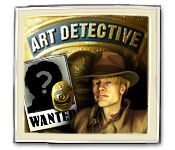
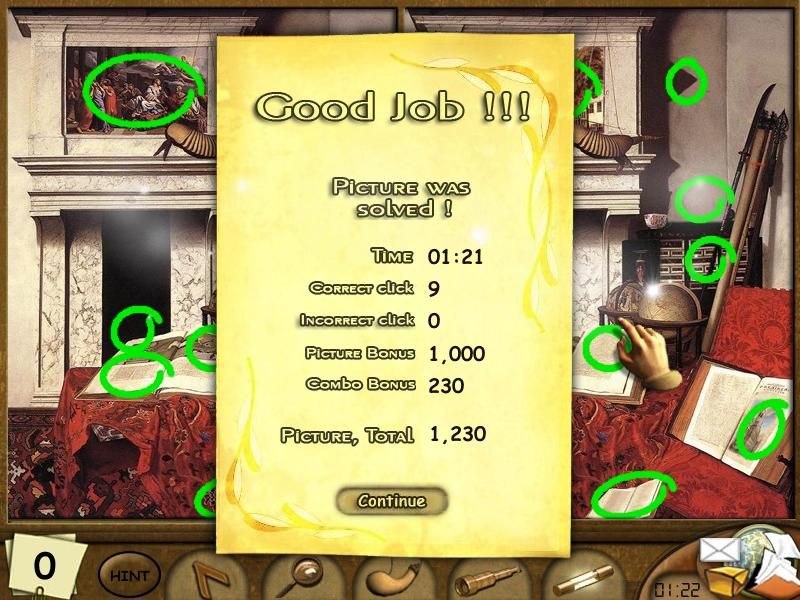
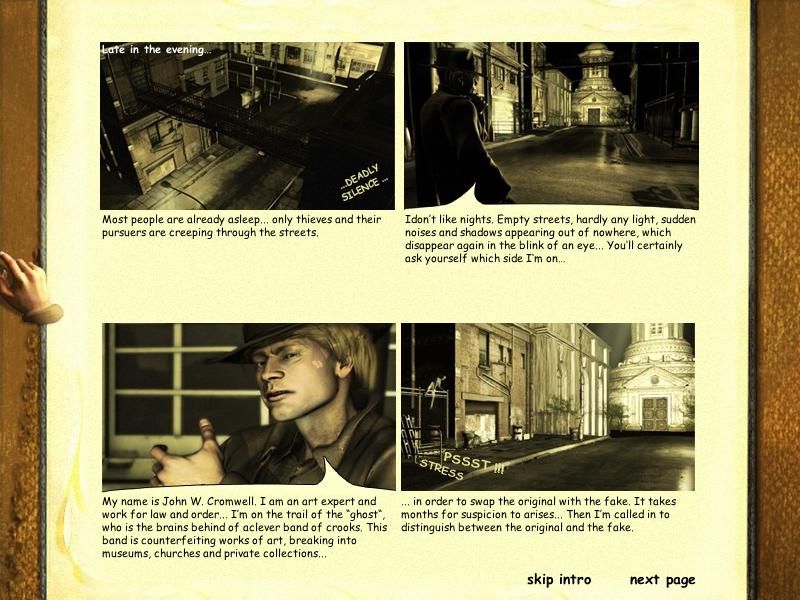
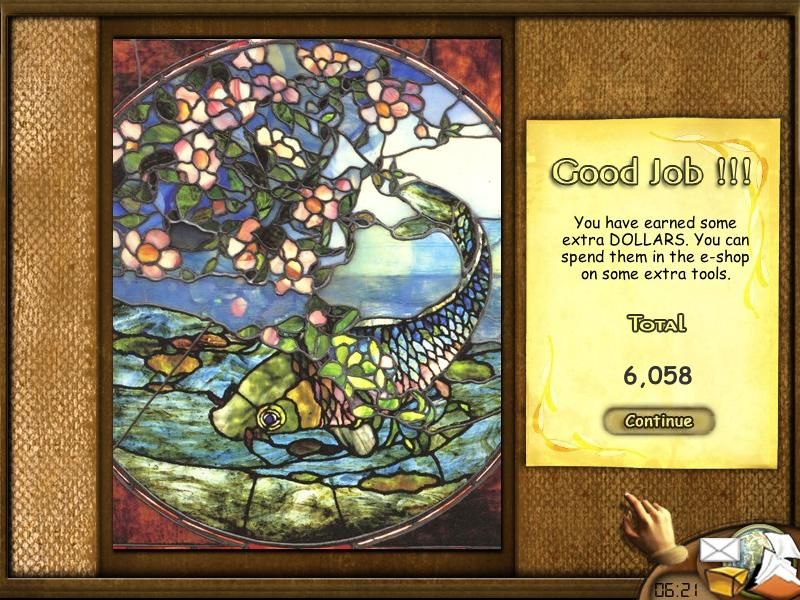
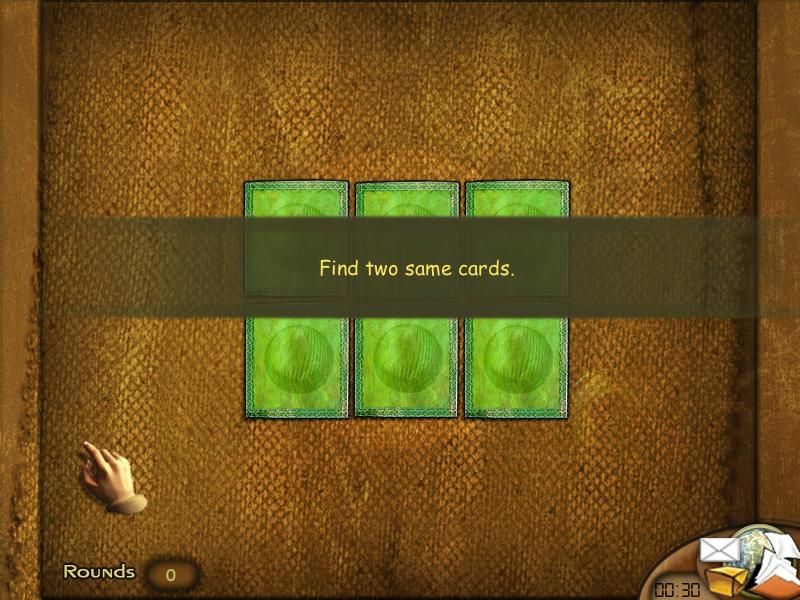
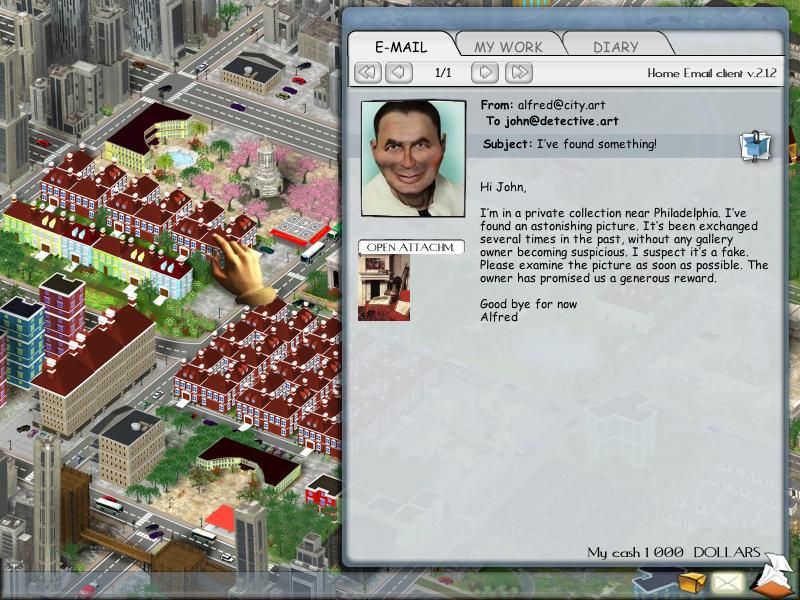



Reviews
There are no reviews yet.